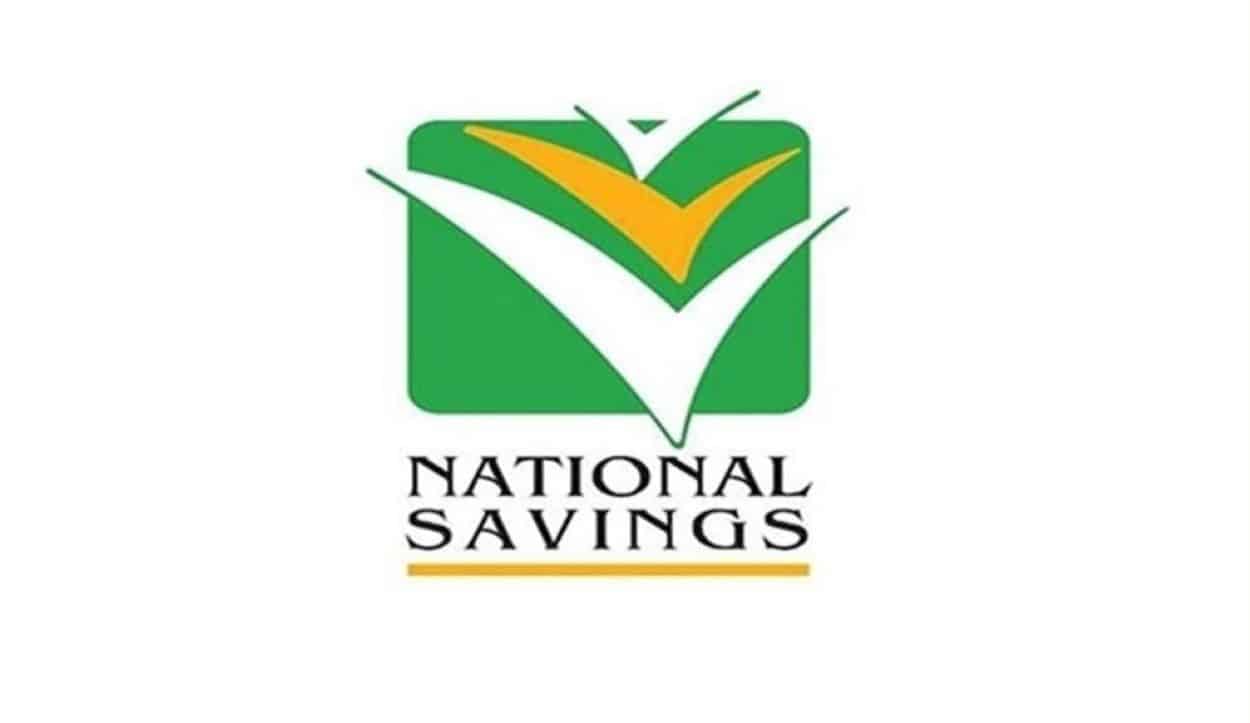Effective immediately, the government announced a reduction in profit rates for nearly all national savings schemes, excluding a conventional savings account and a Sarwa Islamic Savings Account (SISA), which remain at a 20.5% yield. This adjustment follows a slight decrease in government securities yields, hinting at a potential central bank policy rate cut from its current 22%. Since December 19, 2023, this marks the third reduction in savings yields within approximately two months.
The Ministry of Finance has lowered the return on Special Savings Certificates and related accounts by 40 basis points to 15.6% for the first five years, altering the semi-annual return on an Rs100,000 investment to Rs7,800 from Rs8,000. Despite unchanged rates for the sixth year at 16.6%, this sector has seen an 80 basis points reduction since last month.
Defence Savings Certificates rates have dropped by an average of 55 basis points to 13.67%. This scheme, designed for long-term savings, will not affect investors negatively for the first two years but will introduce profit reductions over the next seven years.
The government has also cut the profit rates for Regular Income Certificates by 36 basis points to 14.64%, and for Behbood Savings Certificates (BSCs), accessible only to widows, senior citizens, and disabled individuals, by 72 basis points to 15.36%. The same reduction applies to the Pensioner’s Benefit Account and the Shuhadas Family Welfare Account.
Short-Term Savings Certificates have seen a 58 basis points reduction, with the three-month yield now at 19.76%, and similar adjustments for six-month and one-year terms. Despite these broad cuts, the one-year Sharia-compliant SITA remains stable with an ‘expected return’ of 18.54%.
However, investors in longer-tenor Islamic products face reduced expected returns, with three-year SITA dropping by 20 basis points to 15.2%. While the government continues to offer over 21% on investment bonds and T-bills to secondary market players, it has gradually decreased returns for citizens, positioning these savings options as the safest form of borrowing.






